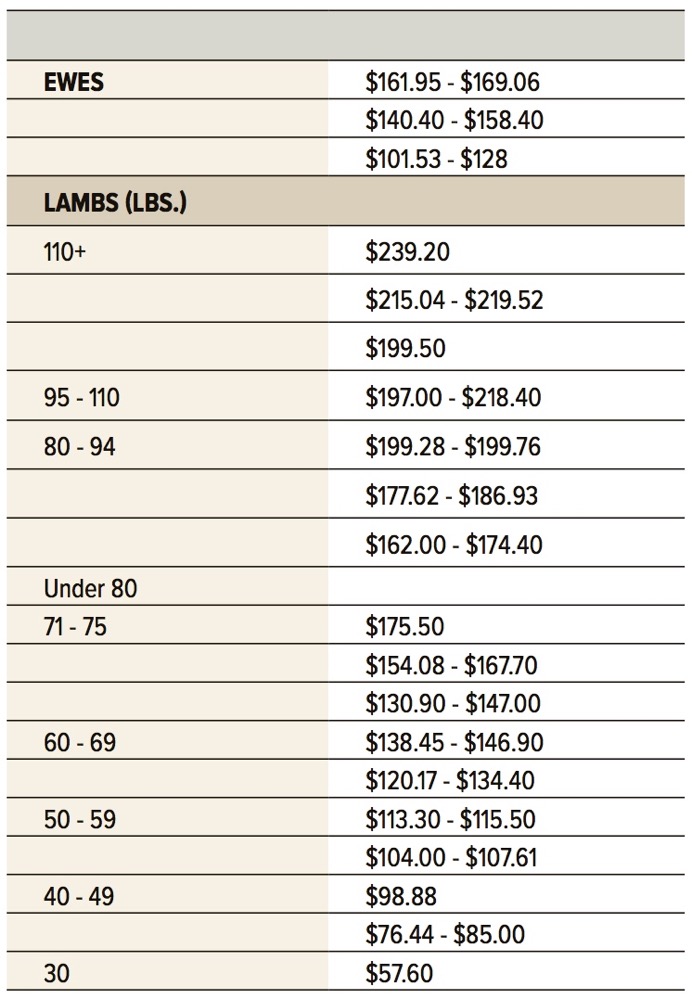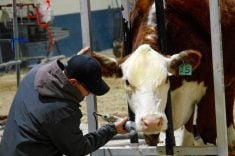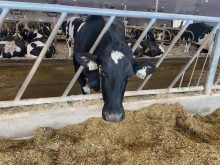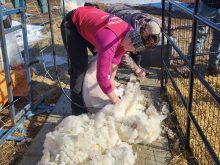A large sale attracted 1,200 sheep and goats to the Winnipeg Livestock Auction Sept. 7, supplying the local market with a wide variety of animals. Producers took advantage of the interest generated by the local ethnic holiday season by reducing herd size and selling animals before the Christmas rush. Local buyers as a result enjoyed excellent purchasing options.
The ewes from the herd dispersal appeared to set the bidding for sheep at this sale. The ewes were sheared, thus the muscular frame development could be visually confirmed. There appeared to be no price differences between wool and hair ewes. Specialty ewes generated interest from various buyers, with a Jacob sheep bringing $1.14 per pound. The average price range for various ewes was from $0.86 to $1.07 per pound.
Read Also
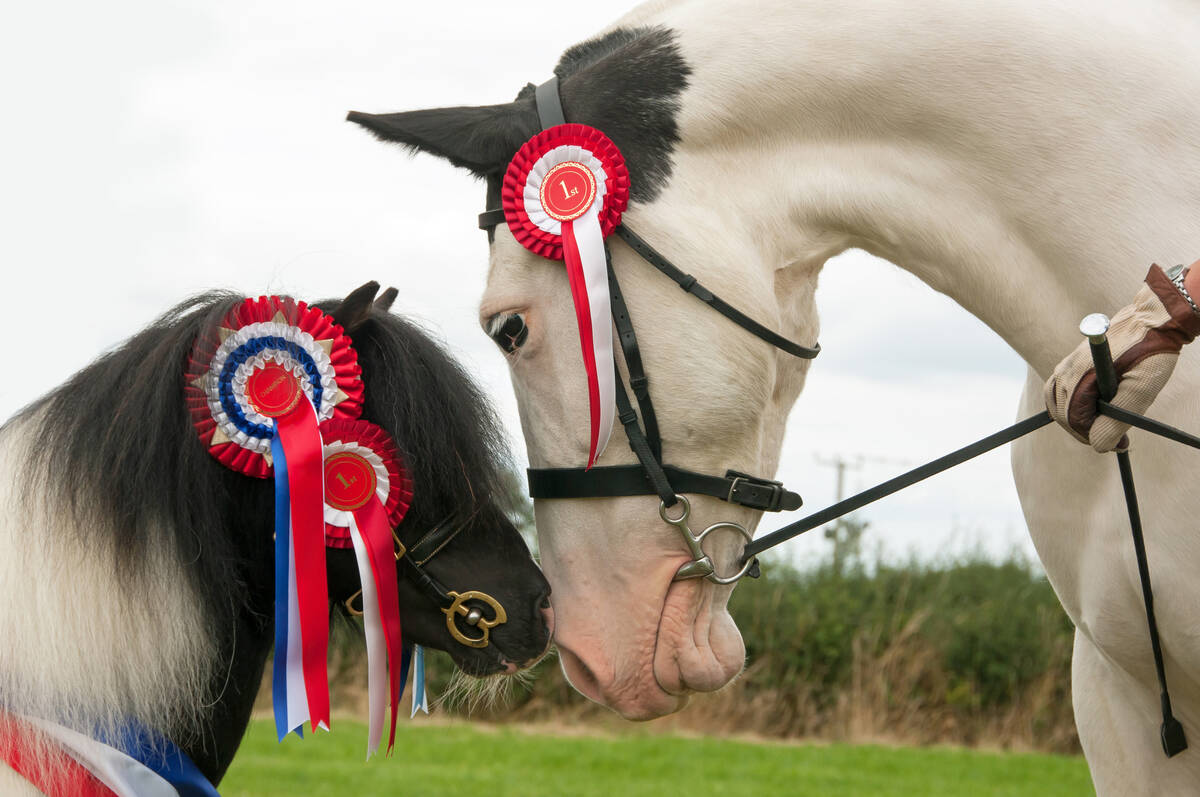
Linebreeding horses drives genetic bottlenecks
Too much linebreeding and prioritizing pedigree can narrow genetic diversity and lead to horse health problems in future generations.
Due to the selection, any visible physical problem noted meant the animal was considered a cull. Bidding on culls was much lower.
A good selection of rams was available. The average price ranged from $1.01 to $1.06 per pound. There was a group of rams that created a price range of $0.83 to $0.99 per pound.
The heavyweight lambs were considered more of the buyers’ choice as there was limited selection. Possibly, the breed or the weight influenced the bidding at this sale. A 150-pound Rideau-cross lamb brought $1.33 per pound and a 112-pound Suffolk-cross lamb brought $1.96 per pound.
The price bidding on the market lambs was very variable with extreme ranges. There appeared to be no price differences between wool and hair lambs at this sale. The price ranged from $1.06 to $2.10 per pound for weight range from 100 to 108 pounds. This was clearly indicating the buyers had choice and were using this opportunity.
The feeder lamb class dominated the auction with strong bidding, interest from the buyers and good selection. There appeared to be no price differences between wool and hair lambs. The average ranged from $2 to $2.28 per pound. Quality was noticeable.
The lightweight lambs that did not reach the feeder lamb class saw some strong interest. The price bidding was slightly down, with the average from $1.86 to $2.15 per pound. An exception was three 78-pound Cheviot-cross lambs that brought $2.25 per pound.
The 60-plus-pound lambs had a price range from $1.8750 to $2.13 per pound. An exception was two 65-pound lambs that brought $2.26 per pound.
The 50-plus-pound lambs had a price range from $1.70 to $2.11 per pound. There appeared to be no price differences between wool and hair lambs.
The 40-plus-pound lambs had a price range from $1.56 to $2.12 per pound. There were specialty lambs that the buyers indicated some interest, but not creating high bidding. The three 49-pound Savvy-cross lambs brought $1.56 per pound.
A group of eight 30-pound lambs brought $1.80 per pound.
Two groups of lambs could be placed in the New Crop classification, based upon the uniformity and quality. In this area, 21 80-pound lambs brought $2.18 per pound and 26 84-pound Suffolk-cross lambs brought $2.18 per pound.
The bidding was much stronger for the younger does, compared to the heavier goat does. The price bidding remained fairly constant from the buyers. The quality of dairy goat does was extremely important for further breeding purposes, possibly to increase herds. The dairy goat does did not see as strong bids as meat does, however, all bidding remained strong.
Lightweight meat bucks were in high demand, either for herd-building purposes or for meat. There were no heavy dairy goat bucks at this sale. The dairy goat bucks continued in the same price-bidding pattern as the meat bucks.
Demand for doe goat kids continued (see chart at bottom) and the opportunity for filling the present orders was possible. The delivered goat kids were notably higher, compared to numerous past sales. This allowed all the buyers to buy animals.
The bidding on the lighter goat kids was more of a personal taste — possibly influenced by the younger generation of the future buyers. Sales appeared to be based on quality and interestingly, on “cuteness.” Apparently, some of the smaller-weight kids were to become pets, at least for the time being.
Ontario Stockyard Report indicated that all classifications of sheep and goats were easily sold. Conditioning and weight had no influence of purchasing at this sale. The following week, the various classifications had different results, with more stress on quality and lower bidding.

